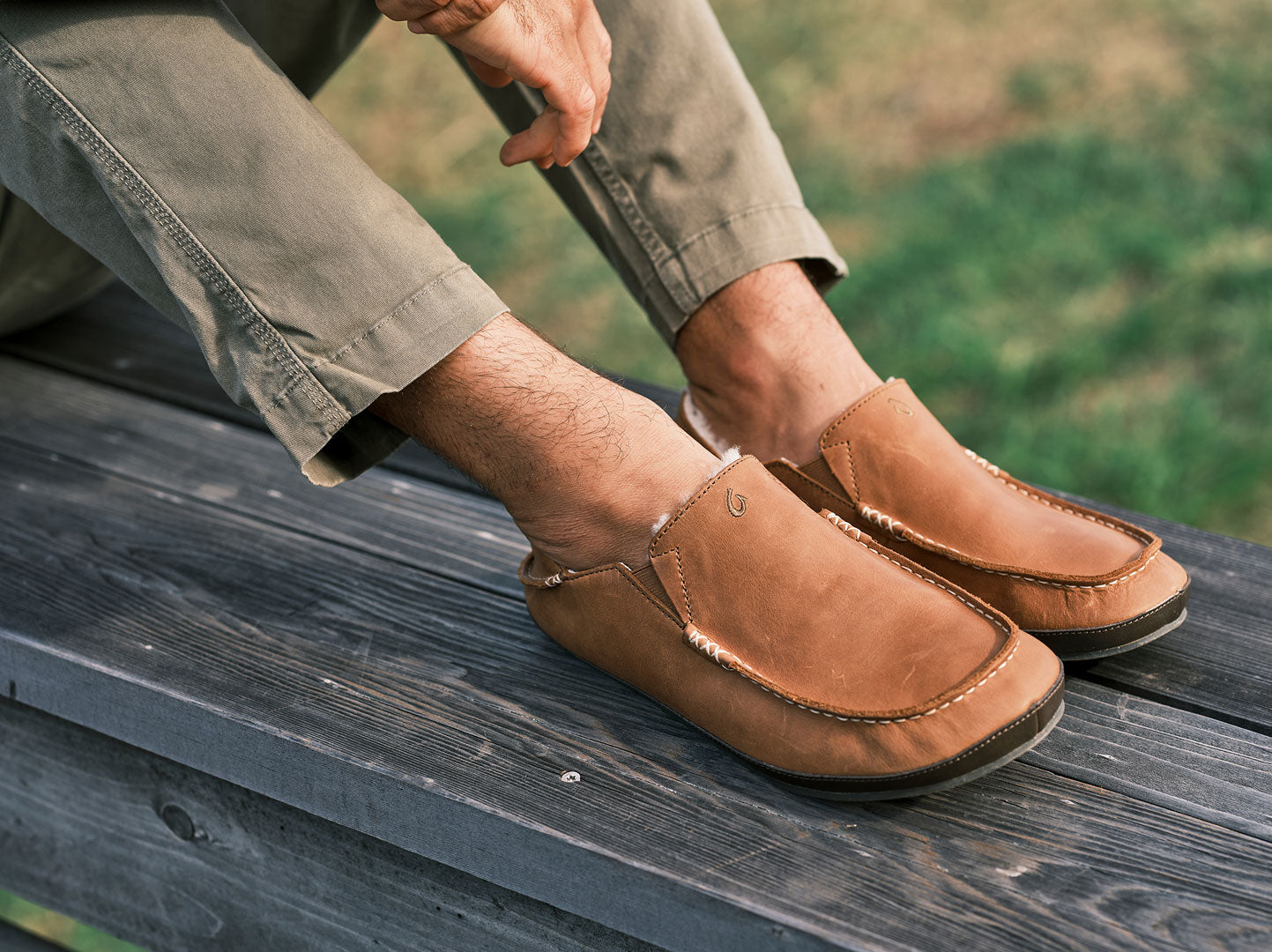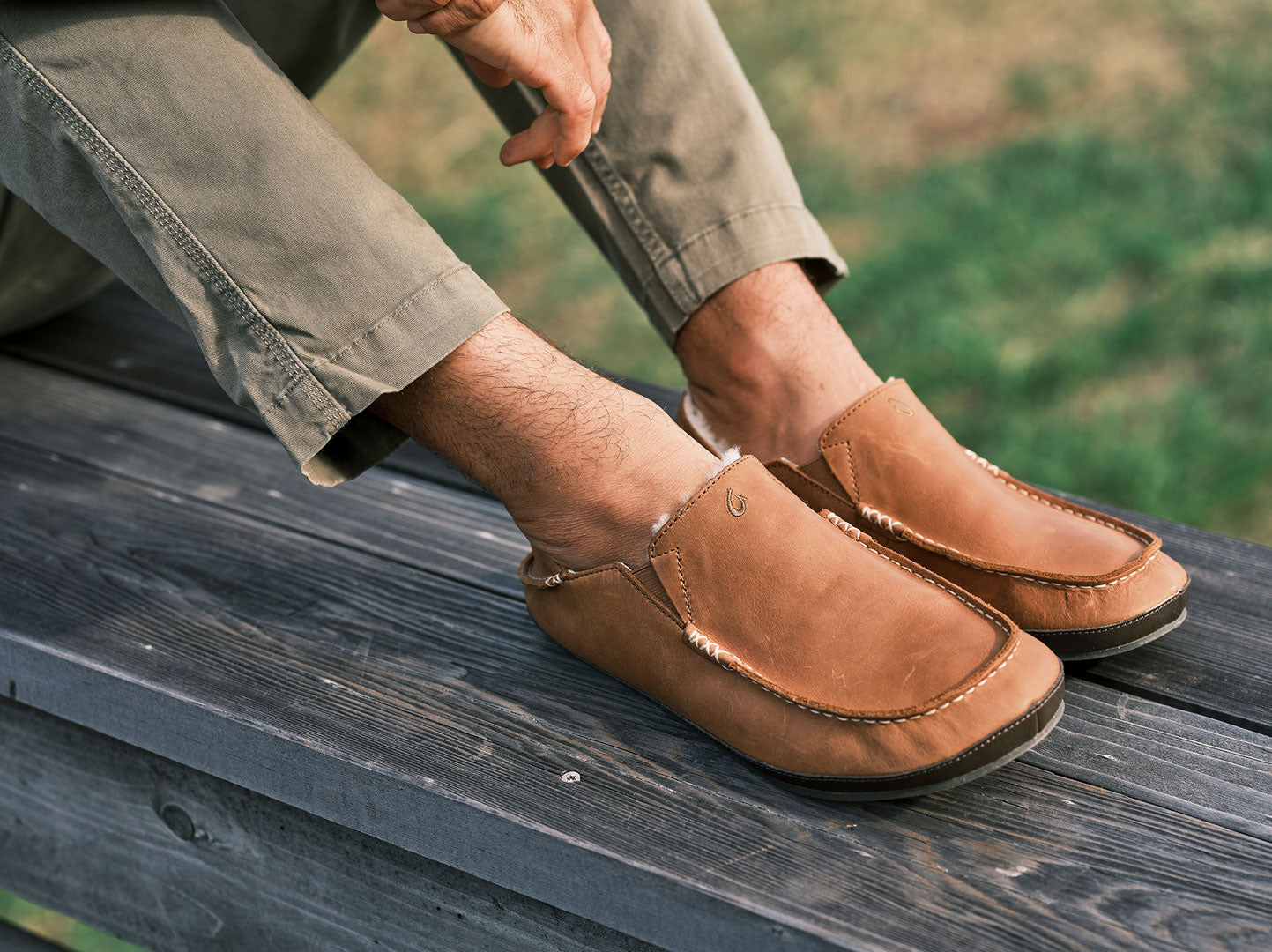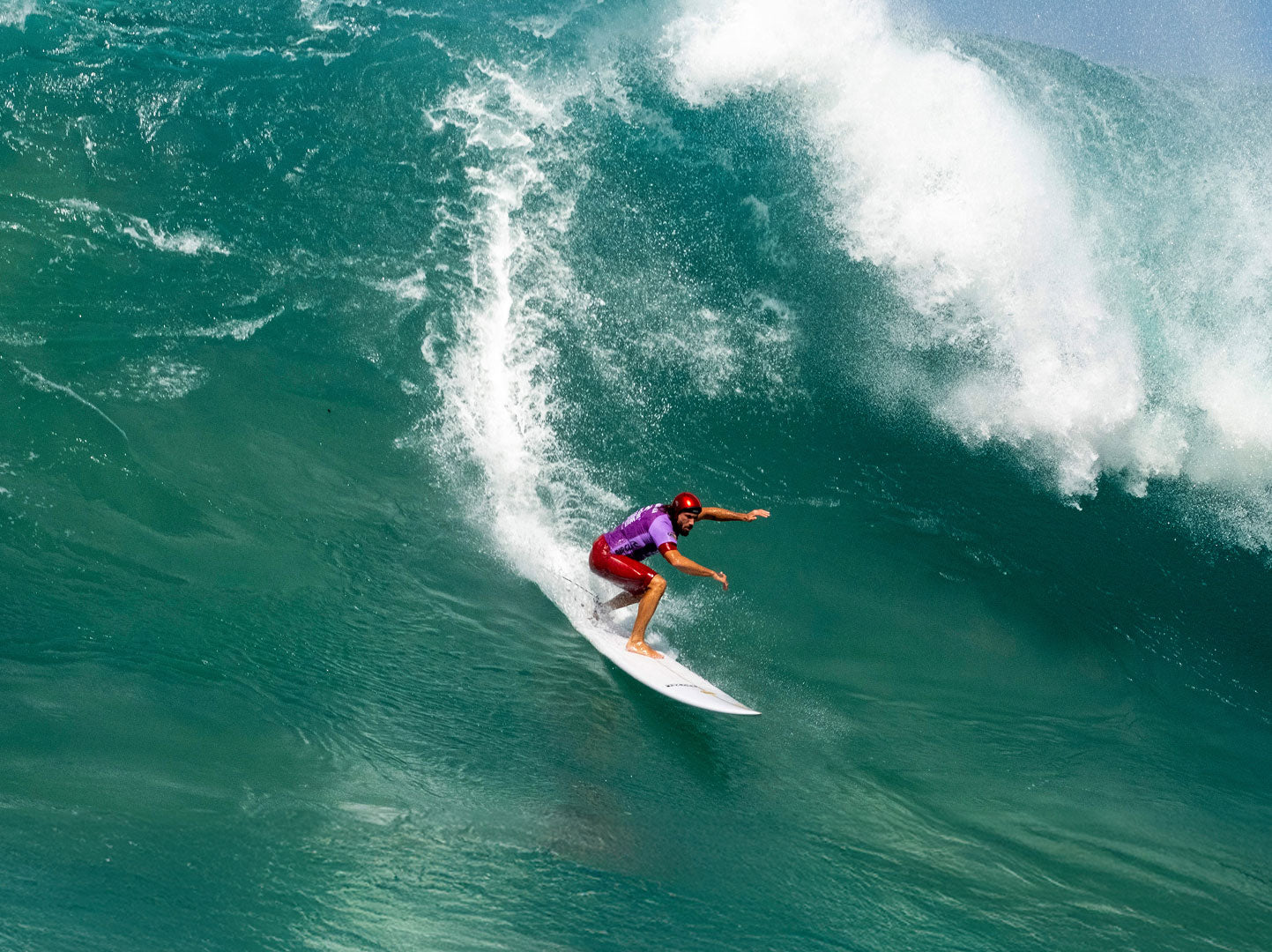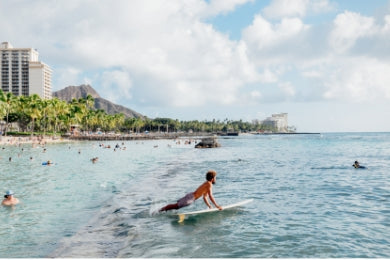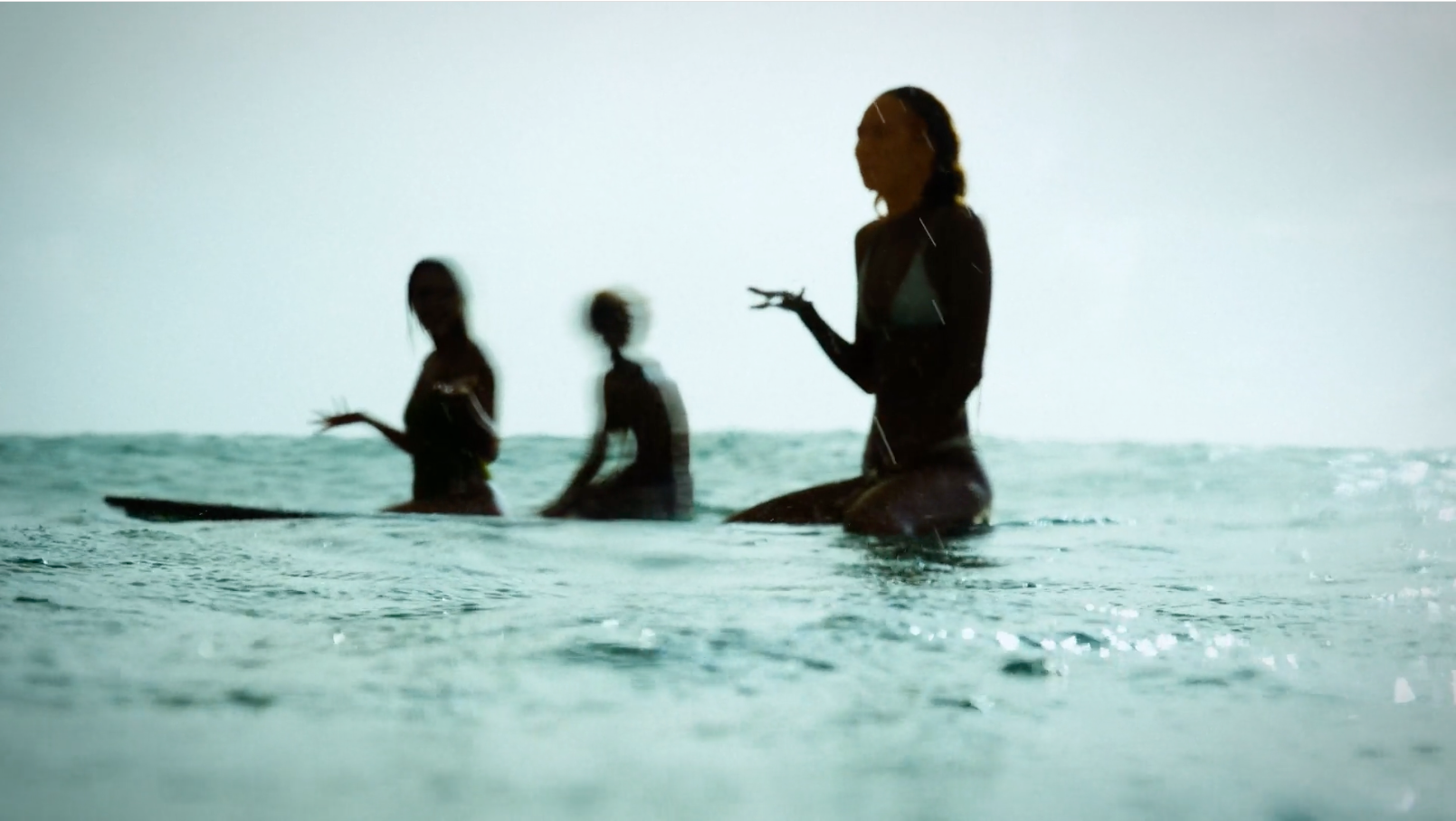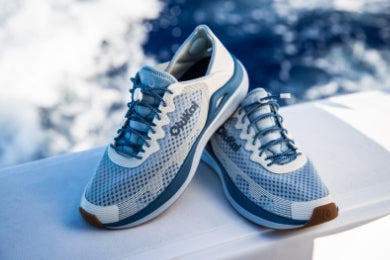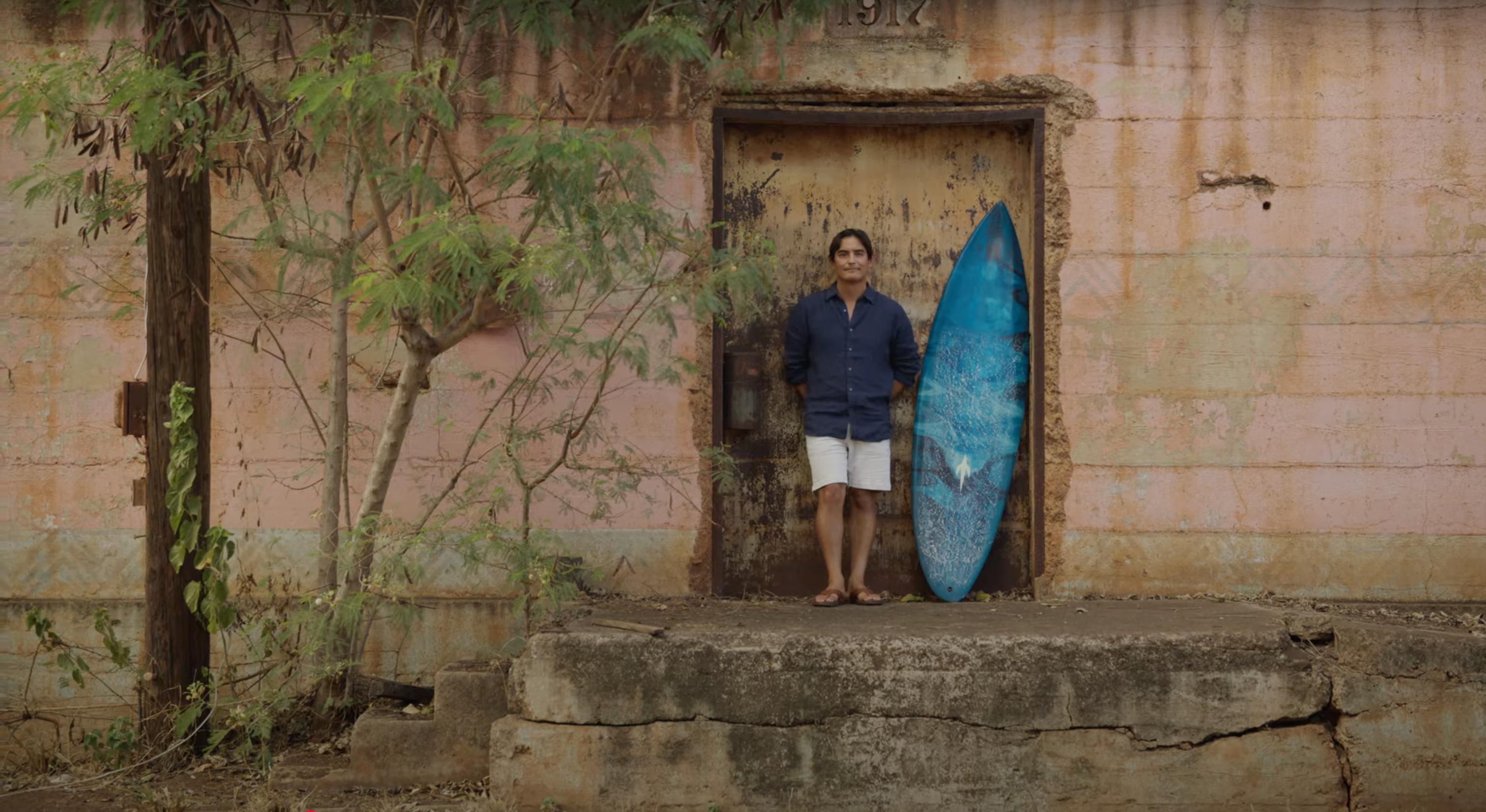Exploring Kaumana Caves – Big Island, Hawaii
Located on the Big Island of Hawaii, Kaumana Caves are part of a 25-mile long network of lava tubes formed from a lava flow that began with an eruption of Mauna Loa November 5, 1880. By late June 1881, the molten river was on a slow but steady progression was advancing on what is today Hilo town. When the glowing red mass neared 5 miles of the tiny village, the flow picked up its pace.
Pleading Pele’s Mercy
Today, when Kupuna (elders, grandparents, older persons) “talk story”, tales praise Princess Ruth, whose beauty, grace, and ceaseless prayers stopped the lava flow abruptly on it’s path to the sea. Dispatched from Oahu to see the situation first hand and to determine if anything could be done to save the homes of the people in Pele’s path, Princess Ruth requested several young men from the village to act as porters to clear trail and carry her through dense jungle to the front of the lava flow. Taking up a position in the face of the flow, Princess Ruth danced hula, chanted, prayed, and pleaded Pele’s mercy. Offerings were made. On August 1, 1881, just 1.5-miles from Hilo Bay, at sunrise just as first light broke over the ocean waves, the flow suddenly stopped; prayers were answered, the village saved.
Directions To Kumana Caves
Kuamana caves are perched in a position of pride hilltop above Hilo, between Rainbow Falls and the city. The cave's entrance is located in a state park close to the 4-mile marker on Kaumana Drive (known as Saddle Road by locals). It is open to any curious adventurers who wish to explore. Admission is free. Visitors proceed at their own risk.
Environment
The cave entrance is a skylight created when a section of the tunnel collapsed. A concrete staircase provides access. The section open for public exploration runs approximately two miles. After that, the tunnel snakes up the mountain, crossing under private property and access is denied. Visitors can expect to view a diverse array of lava formations, including rock that retained its fire-red coloration, having cooled rapidly at the termination point of the lava flow.
Safety First
The immediate area around the entrance is well lit by natural light, so if you want to just take a quick peak about one can do so. However, if you desire to explore the 2-mile passageway, precautions are in order. Sturdy hiking shoes with good traction, a water bottle, two powerful flashlights, and a warm windbreaker are advised as minimum gear. Seasoned hikers suggest a stout walking stick, hardhat, and a headband lamp as well.
As you proceed deeper into the cave, it becomes quite dark. Adventurous visitors seeking to explore the caves beyond the first 200-to-300 feet are advised to wear long pants, carry rain gear and bring extra batteries.
Proceed With Caution
Shine your light on the pathway ahead as the lava surface can be very slippery with holes and crevices. Be aware of outcroppings, ledges or low ceilings. If you are an experienced spelunker, there are numerous off-shooting side tubes. Do not venture into deep tubes during the rainy season; flash flooding is possible, and some sections have been known during to overflow during dramatic weather events.
Expect To Be Amazed
For visitors that are physically fit and able to make the trek, the tour of the tunnels is not to be missed. You will see massive hanging roots from surface vegetation, unique geologic formations, and gain an understanding of the power of Pele.
Guided Tour
If you are not an experienced caver, a guided tour is an ideal way to enjoy the wonder and splendor of the underground maze. Hawaii Forest and Trail Guides offers custom tour packages led by knowledgeable guides. All recommended equipment other than shoes and jacket are provided.
